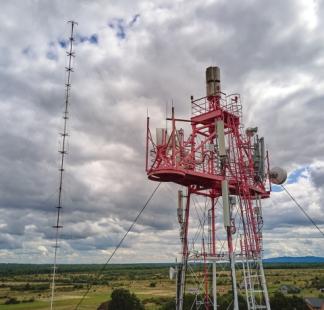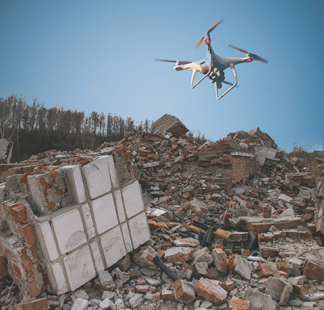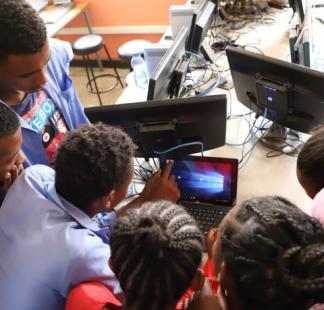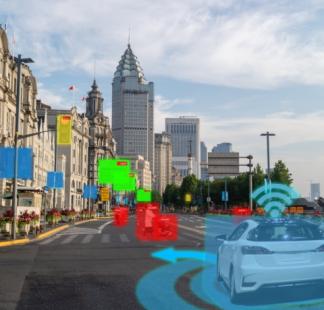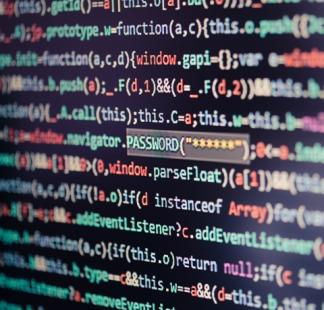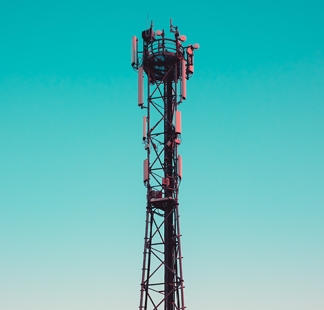Displaying 1 - 12 of 95
05 Jan 2026 - 26 Sep 2026
Blended
This innovation challenge focuses on mobilising the creativity of young people to apply data science and visualization techniques to uncover “digital…
Registration:
Open until 31 Dec 2025
Languages:
- English
26 Jan 2026 - 02 Feb 2026
Online instructor led
This course focuses on Wireless Access Technologies to Internet Network including technical, business and regulatory aspects. It includes wireless…
Registration:
Open until 25 Jan 2026
Languages:
- English
Open
Online self-paced
This course has been developed by ITU to provide an introduction to the Tampere Convention on the Provision of Telecommunications Resources for…
Languages:
- English
02 Feb 2026 - 27 Feb 2026
Online instructor led
This 4-week online Instructor-led course dives deep into the world of Digital Innovation Ecosystems. Participants will gain a comprehensive…
Registration:
Open until 30 Jan 2026
Languages:
- English
09 Feb 2026 - 20 Feb 2026
Online instructor led
This course covers the technical and regulatory aspects of satellite communication fillings based on the International Telecommunication Union (ITU)…
Registration:
Open until 18 Jan 2026
Languages:
- English
Open
Online self-paced
The course is aimed at providing information on how to develop National Emergency Telecommunications Plans through a multi-stakeholder approach…
Languages:
- English
16 Feb 2026 - 06 Mar 2026
Online instructor led
Many countries have begun to develop smart villages/towns/cities with varying degrees of success. This course focuses on the design and…
Registration:
Open until 09 Feb 2026
Languages:
- English
02 Mar 2026 - 09 Mar 2026
Online instructor led
This course focuses on technical, business and regulatory aspects of QoS for Fixed and Mobile Networks. It includes QoS (Quality of Service) and QoE…
Registration:
Open until 01 Mar 2026
Languages:
- English
Open
Online self-paced
This course aims to provide an overview of the global e-waste challenge, including e-waste statistics and legislation based on the latest data from…
Languages:
- English
02 Mar 2026 - 31 Mar 2026
Online instructor led
Este curso está diseñado para proporcionar a los participantes los conocimientos y habilidades esenciales en respuesta a incidentes y análisis…
Registration:
Open until 06 Feb 2026
Languages:
- Spanish
02 Mar 2026 - 30 Mar 2026
Online instructor led
The course highlights the shifts in telecoms regulation, regulation for e-commerce and digital government, regulation for cybersecurity, and skills…
Registration:
Open until 16 Feb 2026
Languages:
- English
Open
Online self-paced
This course is aimed at providing guidance for developing table top simulation exercises which will help to test if NETPs and other national…
Languages:
- English

